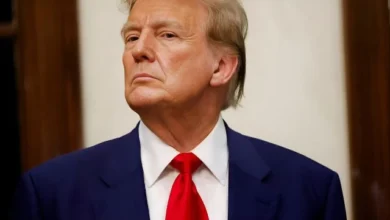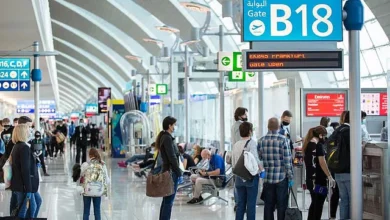When Sheikh Mohammed Tapped the First Nol Card to start Dubai Metro Operations in 2009
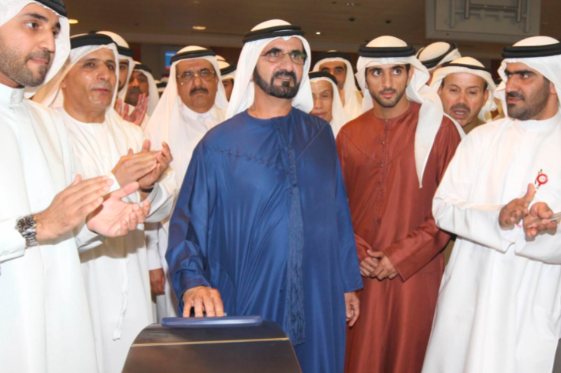
Since 2009, Dubai Metro has served about 2.4 billion riders across 4.3 million journeys, operating through 53 stations with a fleet of 129 trains.
Dubai Metro by Sheikh Mohammed, the cornerstone of the city’s public transport network, will be turning 15 tomorrow, Monday, September 9. This milestone marks exactly 15 years since the Ruler of Dubai inaugurated the region’s first and the world’s longest driverless metro rail system.
On that memorable day, September 9, 2009, at precisely the 9th second of the 9th minute of 9pm, Sheikh Mohammed tapped the first Nol card to officially commence Dubai Metro’s operations The excitement was palpable.
As Khaleej Times reported, fireworks and laser show lit up the sky as thousands of people gathered around to witness the historic event as Sheikh Mohammed, senior government officials, dignitaries, VIPs, and journalists took the maiden Metro ride from the Mall of the Emirates station towards Rashidiya Station on the Red Line.

Residents applauded, some motorists pulled over, and a sense of satisfaction and immense pride filled everyone’s heart as they witnessed the Metro’s inaugural run, an event that many believed would transform both the life and landscape of the city for the better.
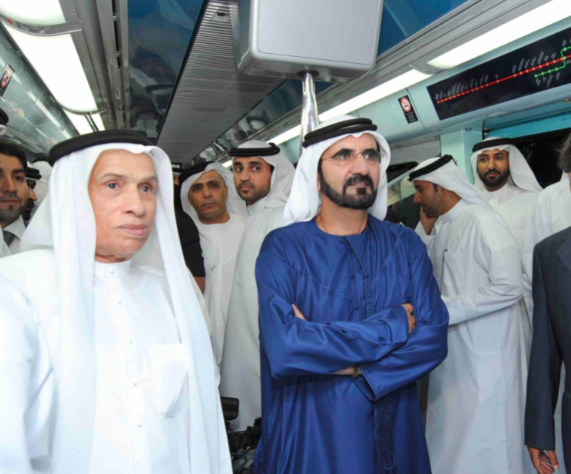
At 9.11pm, Sheikh Mohammed and hundreds of VIPs as well as the media boarded the train. The first stop was Dubai International Financial Centre, where Sheikh Mohammed stepped off and placed a golden commemorative coin.
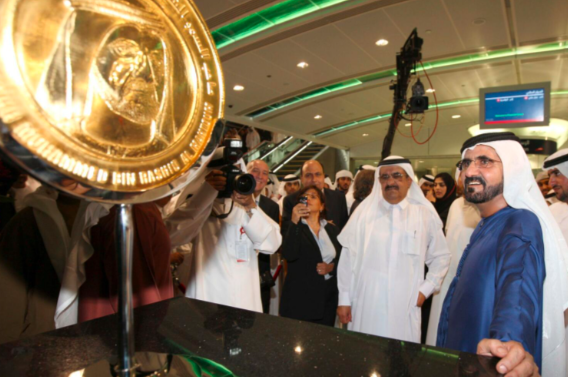
Fireworks erupted again between Financial Centre and Khalid bin Waleed stations. Then at Union Square Station station, Sheikh Mohammed signed a secret letter to the youth of the UAE. The letter was kept in a special container to be opened at a time decided by him.
Other Metro stations also had legacy markers, including an etched poem at Khalid Bin Walid station (Burjuman); mosaic portrait at Dubai Airport Terminals3 Station; and Lego sculpture at Rashidiya station.
An hour and four minutes after the start of its first official journey, the train arrived at Rashidiya station at 10.15pm.
For the UAE and the Arab world by Sheikh Mohammed
At the end of the historic journey, Sheikh Mohammed said Dubai Metro “is a source of pride to the people of the UAE and the brotherly peoples of the Arab world”. He praised the efforts and perseverance of the Roads and Transport Authority (RTA) “in putting together this huge achievement which is poised to add value to our national economy and to boost the tourism industry in our country.”
“The Metro will change lifestyles and perceptions,” added Mattar al Tayer, RTA chairman of the board and executive director, adding: “We achieved in four years what Singapore and Switzerland did not do in 10 years combined.
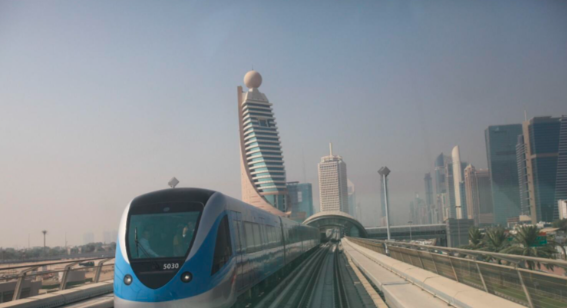
‘Where’s the driver?’
Ten of the 29 stations along the Red Line were the first to open that time. Initially, Dubai residents were afraid to take the Metro when it began public operations in September 2009 because there was no driver, said al Tayer.
To address these concerns, Al Tayer, who was in charge, implemented a strategy to place a person in front of the Metro train to give the appearance of a driver. This tactic was part of a broader effort to build public trust in the new system.
Initially, ridership was modest, with daily numbers ranging between 20,000 and 30,000, a far cry from its current daily ridership of around 730,000.
Now, Dubai Metro is the most popular mode of transport in the city. Since 2009, Dubai Metro has served about 2.4 billion riders across 4.3 million journeys, operating through 53 stations with a fleet of 129 trains. It has also maintained a punctuality rate of 99.7 per cent, surpassing international safety standards with its exceptional operational efficiency.
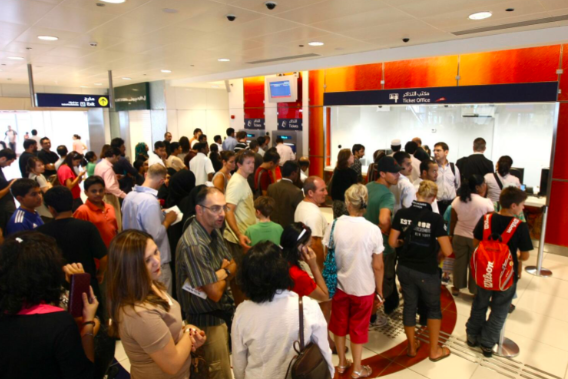
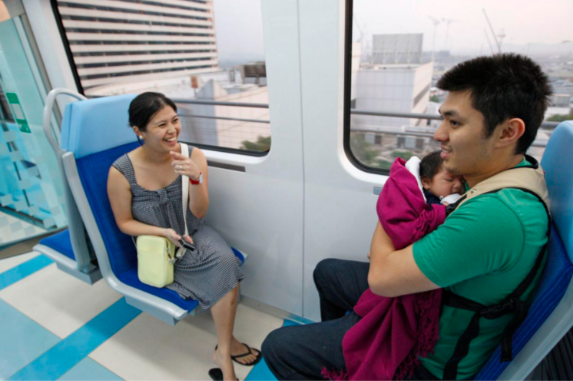
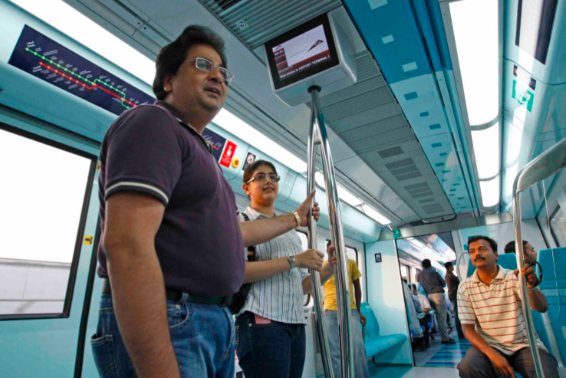
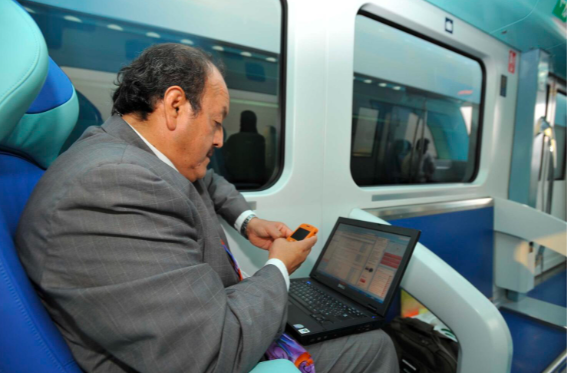
Moving forward
On June 30 this year, the Executive Council of Dubai announced plans to expand Dubai Metro to 96 stations (stretching 140 km) by 2030, with plans to have 140 stations (covering 228 km) by 2040. The expansion of Dubai Metro over the coming few years is aimed at increasing the share of public transport across the emirate to 45 per cent, reducing carbon emissions to 16 tonnes per capita, and improving efficiency and convenience of sustainable transport, according RTA.
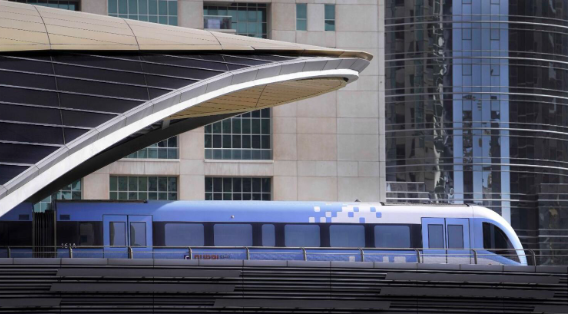
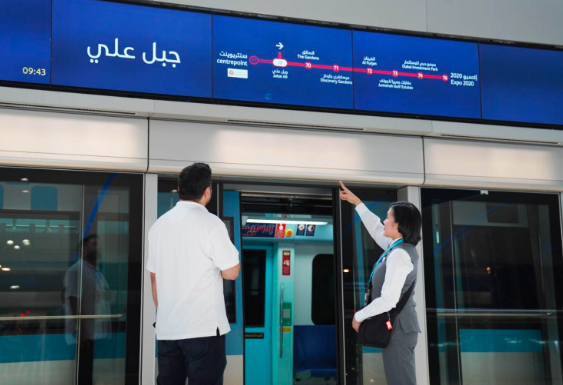
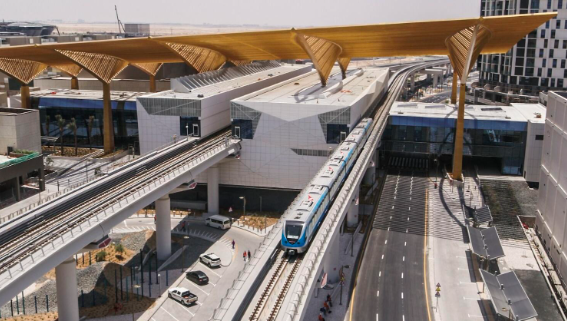
Source: Khaleejtimes

